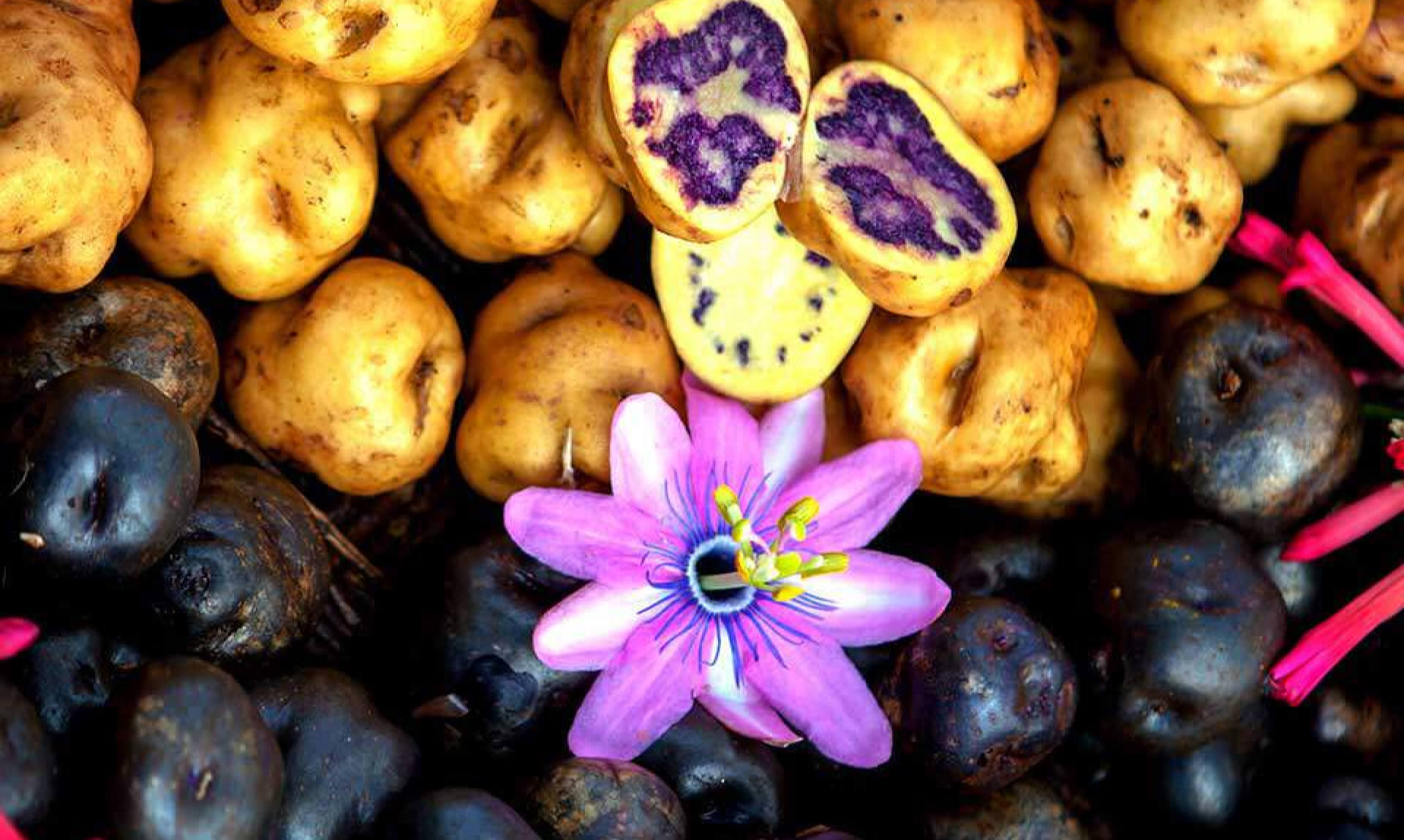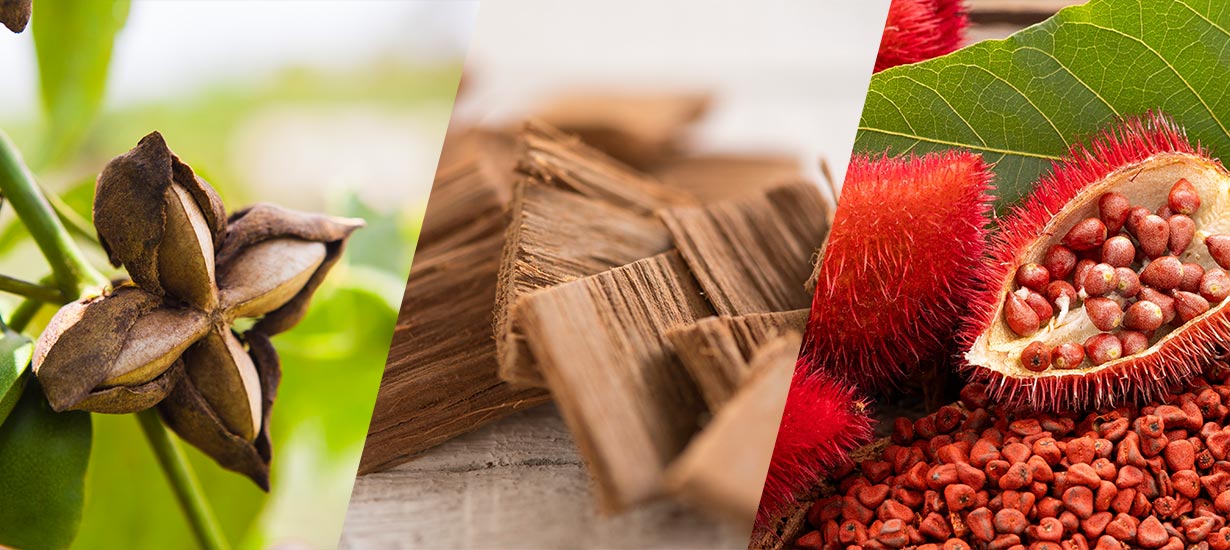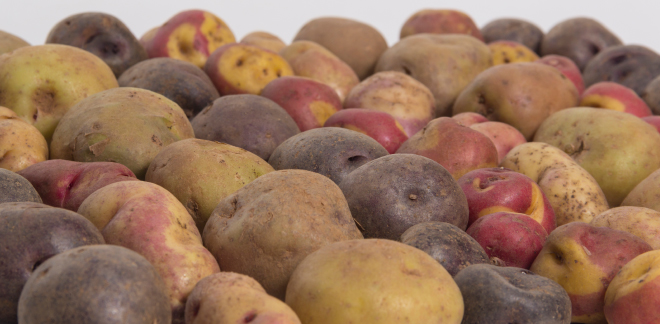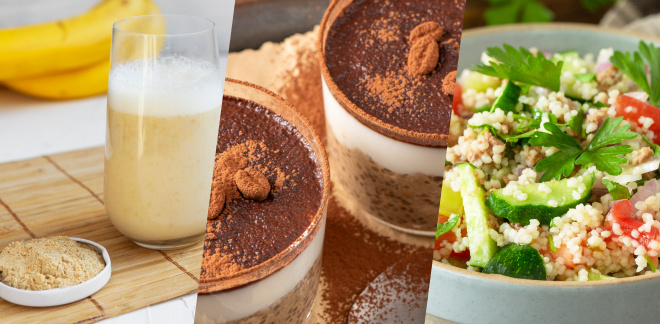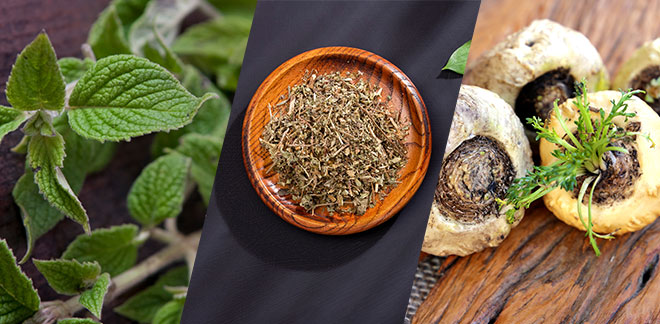Medicinal plants of the Peruvian Amazon: Traditional wisdom for healing
Síguenos en:Google News
Since ancient times, indigenous peoples have relied on jungle plants to heal the body and strengthen the spirit.
The Peruvian Amazon is a vast land of unmatched biodiversity, where nature offers a rich variety of plants with healing properties. Traditional Amazonian medicine remains alive and has captured the interest of modern science for its therapeutic benefits. Below, we highlight some of the most notable plants in this region and their health benefits.
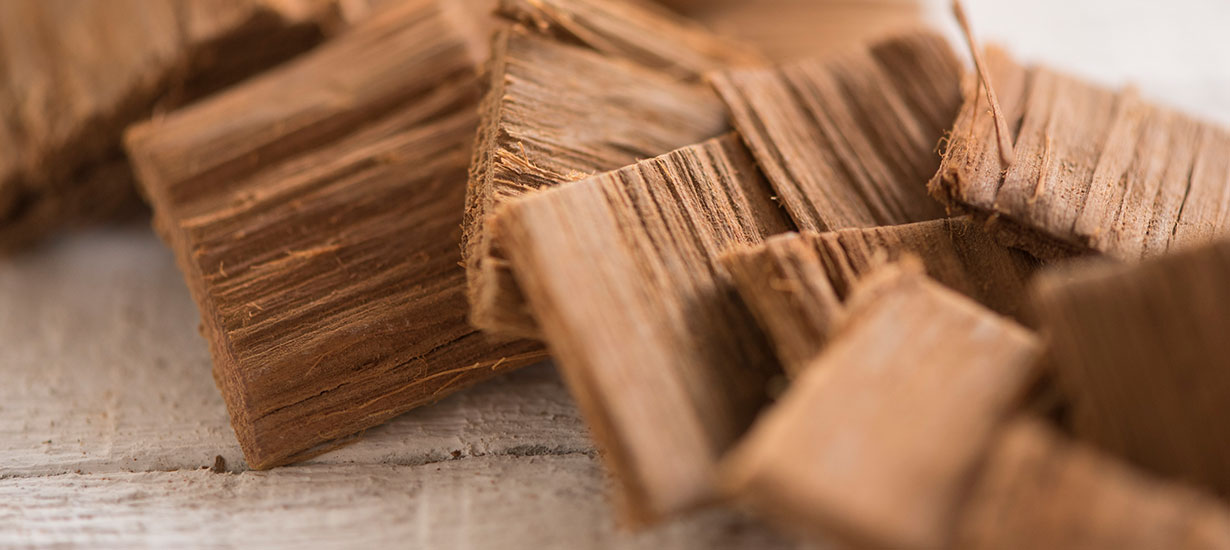 Source: PROMPERÚ
Source: PROMPERÚ
1. Uña de gato
Cat’s claw is one of the most well-known medicinal plants of the Peruvian Amazon. It thrives in regions such as Madre de Dios, Ucayali, Loreto, Amazonas, San Martin, Huanuco, Pasco, Junin, Ayacucho, and Cusco. Used for centuries by indigenous communities, its benefits have been validated by academic studies, confirming its anti-inflammatory, pain-relieving, and immune-modulating properties. It is commonly consumed as a tea, in capsules, or as an extract.
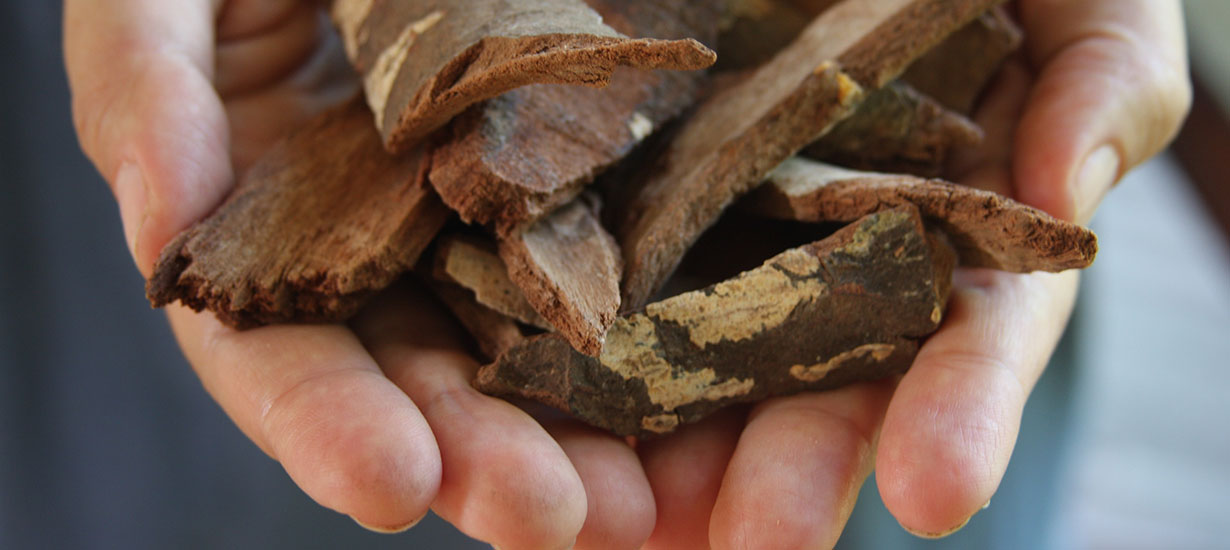 Source: INFOBAE
Source: INFOBAE
2. Chuchuhuasi
This plant, with tiny flowers and elliptical leaves, grows in the regions of Amazonas, Huanuco, Loreto, Madre de Dios, Pasco, San Martin, and Ucayali. Its bark is known for its analgesic, anti-inflammatory, and aphrodisiac properties. Traditionally, it is used to relieve muscle pain, treat arthritis, and boost physical energy. It is commonly consumed as a tea or macerated in brandy as a fortifying tonic.
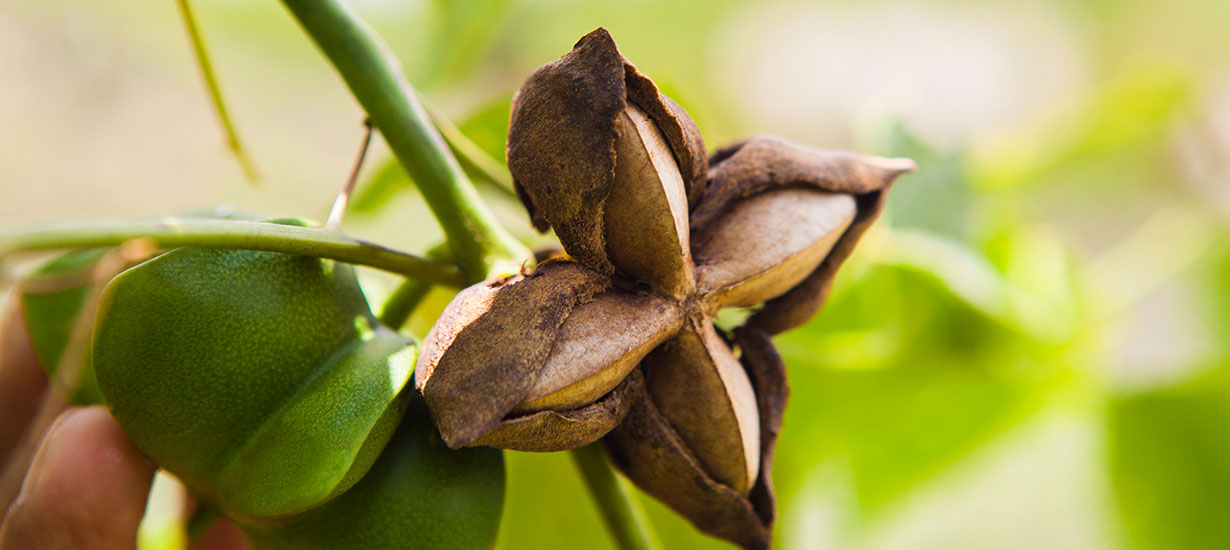 Source: PROMPERÚ
Source: PROMPERÚ
3. Sacha inchi
Known as the "peanut of the Inkas," sacha inchi is prized for its highly beneficial oil, which supports cardiovascular health by helping to lower cholesterol and prevent heart disease. It is also rich in protein and essential amino acids, making it a globally recognized superfood. Its seeds have anti-inflammatory properties and are packed with vitamin A and vitamin E.
Sacha inchi is also rich in omega-3 (over 48 %), omega-6 (36 %), and omega-9 (8 %). It contains 93.6 % protein and essential amino acids, which are vital for maintaining good health. Among its many benefits, it is known to help reduce high cholesterol and triglycerides. In Peru, it is primarily cultivated in the San Martin region, as well as in Ucayali, Amazonas, Madre de Dios, Junin, Cusco, Huanuco, and Loreto.
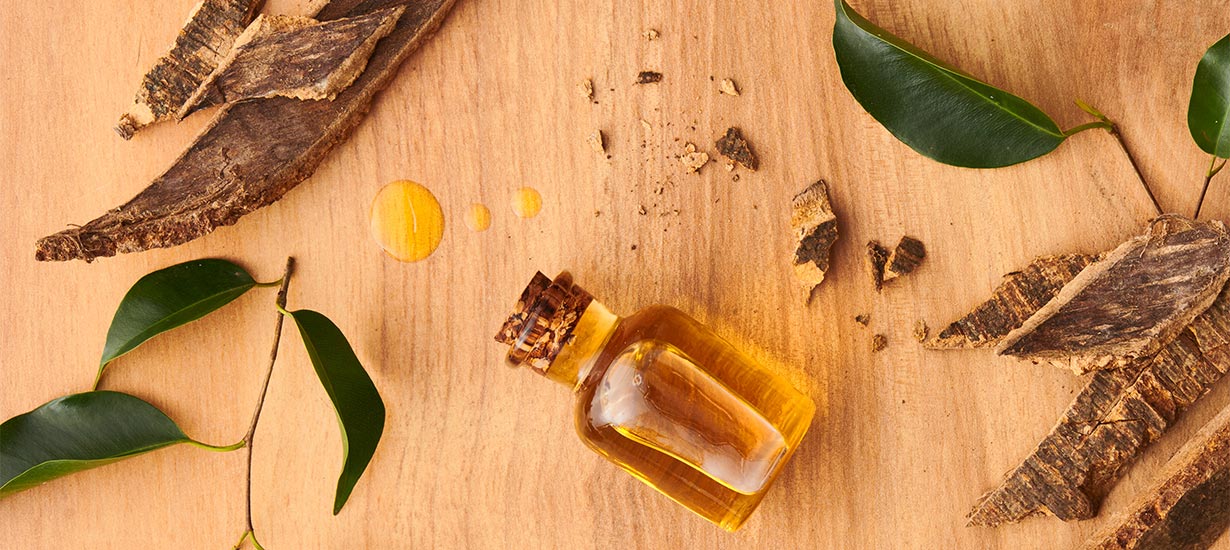 Source: PROMPERÚ
Source: PROMPERÚ
4. Copaiba
This Amazonian tree can grow up to 30 meters tall and is found in the regions of Loreto, Madre de Dios, and Ucayali. Copaiba oil is valued for its healing, anti-inflammatory, and analgesic properties. It is traditionally used to treat wounds, skin infections, and respiratory issues. Additionally, its soothing aroma makes it popular in aromatherapy for relieving stress and promoting relaxation.
 Source: Shutterstock
Source: Shutterstock
5. Achiote
Known as "arbolillo" or "low tree," achiote has oval leaves and striking red and orange seeds. It grows both wild and cultivated in the regions of Amazonas, Cusco, Huanuco, Junin, Loreto, Madre de Dios, San Martin, and Ucayali. Achiote seeds are widely used in both gastronomy and traditional medicine, thanks to their anti-inflammatory and antimicrobial properties, which help treat infections, digestive issues, and skin conditions. Additionally, achiote has long been used as a natural colorant in the food and cosmetic industries.
The medicinal plants of the Peruvian Amazon are a true treasure of wisdom, still valued today. Traditional knowledge of these plants has proven to be a powerful natural alternative for treating various ailments effectively.
Scientific research continues to uncover the benefits of these plants, while Amazonian communities safeguard and pass down their invaluable legacy. Preserving biodiversity and honoring traditional knowledge are essential for promoting holistic and sustainable health.

